Best THCA Cannabis Strains to Grow in Different US Climate Zones
Growing THCA cannabis successfully requires more than just quality seeds and good intentions – it demands a deep understanding of how climate affects plant development, cannabinoid production, and overall yield. The United States spans multiple climate zones, each presenting unique challenges and opportunities for best THCA strains by climate cultivation. Whether you're battling harsh winters in Minnesota or dealing with intense heat in Arizona, selecting the right strain for your specific environment is crucial for a successful harvest.
Climate directly impacts every aspect of THCA cultivation, from germination rates and vegetative growth to flowering time and final potency. Temperature fluctuations, humidity levels, precipitation patterns, and seasonal light cycles all play critical roles in determining which THCA strains US zones will thrive in your region. Understanding these factors and matching them with appropriate genetics can mean the difference between a bountiful harvest and a disappointing crop failure.
The importance of strain selection cannot be overstated in climate THCA cultivation. Different cultivars have evolved and been bred to handle specific environmental conditions, with some excelling in cooler, humid climates while others dominate in hot, arid regions. Modern breeding programs have developed varieties specifically adapted to various US climate zones, taking into account factors like frost tolerance, heat resistance, humidity preferences, and photoperiod sensitivity.
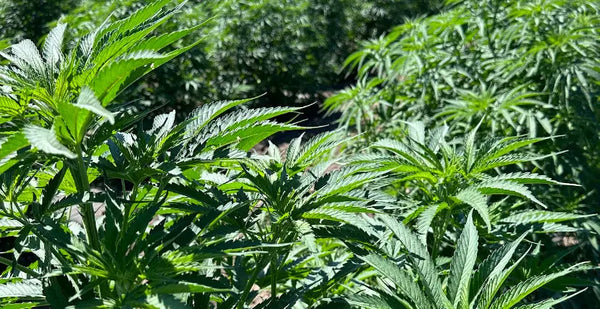
Understanding US Climate Zones and Cannabis Cultivation
The United States Department of Agriculture (USDA) divides North America into 13 hardiness zones based on average minimum winter temperatures. For THCA cannabis cultivation, these zones provide essential guidance for outdoor growing success, though growers must also consider factors beyond winter temperatures, including summer heat, humidity levels, rainfall patterns, and growing season length.
Northern Zones (3-5) experience harsh winters with temperatures dropping well below freezing, short growing seasons typically lasting 120-150 days, and moderate summer temperatures. These regions require THCA strains northern states genetics that can complete their life cycle quickly and handle cooler temperatures throughout the growing season.
Temperate Zones (6-8) offer more moderate conditions with longer growing seasons of 160-200 days, milder winters, and warm but not extreme summers. These zones provide excellent conditions for a wide variety of THCA strains, offering growers the most flexibility in genetic selection.
Southern and Warm Zones (9-11) feature hot summers, mild winters, and extended growing seasons that can last 250+ days. While the long season seems advantageous, intense heat and humidity create unique challenges that require southern THCA growing varieties specifically adapted to these conditions.
Each zone presents distinct advantages and challenges for THCA cultivation. Northern zones benefit from lower pest pressure and fewer mold issues due to cooler temperatures, but growers must contend with short seasons and potential early frost. Southern zones allow for multiple harvests and massive plants but require varieties that can handle extreme heat, high humidity, and intense sun exposure.
Northern Climate THCA Strains (Zones 3-5)
Cultivating THCA cannabis in northern climates demands varieties specifically bred for short seasons and cooler temperatures. The best THCA strains for my climate zone in these regions prioritize rapid maturation, cold tolerance, and mold resistance over maximum yield or exotic flavors.
Fast-Finishing Indica-Dominant Varieties excel in northern zones due to their compact structure and quick flowering times. Strains like Northern Lights, Blueberry, and their modern THCA-rich descendants typically finish flowering in 7-8 weeks, allowing harvest before autumn frosts. These varieties often show increased resin production in cooler temperatures, potentially boosting THCA concentrations.
Cold-Hardy Sativa Hybrids bring the uplifting effects of sativa genetics while maintaining the hardiness needed for northern cultivation. Modern breeding has created cold climate THCA varieties that combine sativa effects with indica flowering times, such as fast-version strains that complete their cycle in 65-75 days from seed.
Autoflowering THCA Varieties represent an excellent option for northern growers, as these genetics flower based on age rather than light cycles. This characteristic allows for multiple harvests per season and provides insurance against early weather changes. Modern autoflowering THCA strains can produce substantial yields while maintaining high cannabinoid levels.
Mold and Mildew Resistant Genetics are essential in northern climates where cool, damp conditions promote fungal growth. Look for strains with loose, airy bud structure and natural resistance to botrytis and powdery mildew. Many modern THCA varieties have been specifically bred with enhanced resistance to common northern climate pathogens.
Successful northern cultivation also requires attention to microclimates within your growing area. South-facing slopes, areas with good air circulation, and locations protected from harsh winds can extend the growing season and improve plant health. Container growing offers additional flexibility, allowing plants to be moved to optimize light exposure and protection from adverse weather.
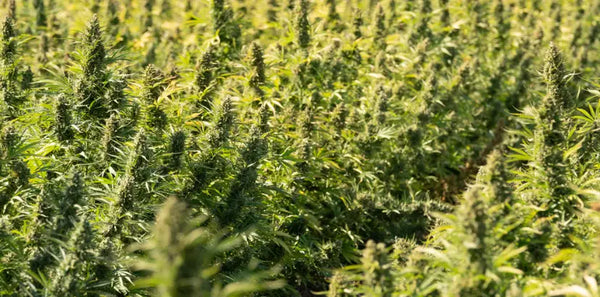
Temperate Climate THCA Strains (Zones 6-8)
Temperate climate zones offer ideal conditions for THCA cannabis cultivation, providing the perfect balance of warmth, adequate growing season length, and manageable environmental challenges. These regions allow growers to explore a wide range of THCA varieties for different climates, from fast-finishing indicas to full-season sativas.
Balanced Hybrid Varieties thrive in temperate zones, offering growers the opportunity to cultivate complex, multi-layered strains with extended flowering periods. These outdoor THCA strains can take full advantage of the 160-200 day growing season, developing robust terpene profiles and maximum THCA production.
Classic Sativa-Dominant Strains find their sweet spot in temperate climates, where the extended growing season allows these longer-flowering varieties to reach full maturity. Haze varieties, Silver varieties, and other classic sativa genetics can produce exceptional THCA levels when given adequate time to develop.
High-Yield Production Varieties excel in temperate zones where environmental stress is minimized. These strains focus on maximum biomass production while maintaining high THCA concentrations. The stable conditions allow plants to channel energy into cannabinoid production rather than environmental adaptation.
Exotic and Specialty Genetics perform best in temperate zones where environmental variables are controlled enough to allow expression of unique characteristics. Purple varieties, unusual terpene profiles, and other specialty traits are most reliably expressed in these moderate climates.
Temperate zone growers can optimize their harvests through strategic timing and variety selection. Early-season fast finishers can provide an initial harvest in late summer, while longer-season varieties can be harvested throughout the fall. This staggered approach maximizes both quantity and variety in the final harvest.
Southern and Warm Climate THCA Strains (Zones 9-11)
Growing THCA cannabis in southern and warm climates presents unique opportunities and challenges that require specialized genetics and cultivation techniques. The extended growing seasons in these regions allow for multiple harvests and massive plant sizes, but intense heat, high humidity, and strong UV radiation demand climate resistant THCA strains specifically adapted to these conditions.
Heat-Tolerant Sativa Genetics dominate successful southern cultivation programs. These varieties have evolved in tropical and subtropical environments, developing natural resistance to high temperatures and intense sunlight. Many equatorial sativa varieties maintain THCA production even under extreme heat stress that would devastate temperate genetics.
Drought-Resistant Varieties excel in arid southern regions where water conservation is crucial. These strains typically feature deeper root systems, waxy leaf coatings, and other adaptations that allow them to thrive with less frequent watering while maintaining high THCA production.
Mold-Resistant Tropical Genetics are essential in humid southern climates where fungal pressure remains high throughout the growing season. These varieties often feature more open bud structures and natural resistance to common tropical pathogens.
UV-Resistant High-THCA Strains have developed enhanced UV protection mechanisms that actually increase resin production as a natural sunscreen response. This adaptation often results in higher THCA concentrations in southern-grown cannabis compared to the same genetics grown in northern climates.
Southern growers can take advantage of year-round growing seasons in the warmest zones, but must carefully manage heat stress during peak summer months. Many successful southern cultivators use shade cloth during the hottest parts of summer or time their grows to avoid the most extreme heat periods.
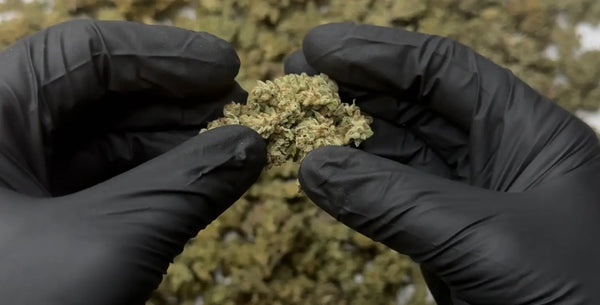
Indoor vs Outdoor Considerations by Climate Zone
The decision between indoor and outdoor cultivation varies significantly based on climate zone, with each approach offering distinct advantages depending on regional conditions. Understanding these trade-offs helps growers make informed decisions about their cultivation methods and strain selection.
Northern Zone Indoor Advantages include complete environmental control, extended effective growing seasons, and protection from harsh weather. Indoor cultivation allows northern growers to access longer-flowering, higher-yielding varieties that wouldn't mature outdoors. However, heating costs and artificial lighting requirements can be substantial in these regions.
Northern Zone Outdoor Benefits focus on lower operational costs and natural light quality during the short but intense northern summers. Many outdoor THCA strains actually prefer the intense, long summer days found in northern latitudes, producing exceptional resin quality when properly timed.
Temperate Zone Flexibility allows growers to successfully pursue either indoor or outdoor cultivation, often combining both approaches. Greenhouse cultivation becomes particularly attractive in these zones, providing weather protection while maintaining natural light benefits.
Southern Zone Indoor Necessity often stems from excessive heat and humidity rather than cold. Air conditioning and dehumidification costs can be significant, but indoor cultivation provides the only way to grow many popular THCA varieties in extreme southern climates.
Hybrid Approaches work well across all climate zones, with many successful growers starting plants indoors and moving them outside after environmental conditions become favorable. This method extends effective growing seasons and provides insurance against weather-related losses.
Autoflowering vs Photoperiod by Climate
The choice between autoflowering and photoperiod THCA varieties depends heavily on climate zone characteristics, growing season length, and local environmental challenges. Each flowering type offers specific advantages in different climatic conditions.
Northern Climate Autoflower Advantages include guaranteed maturation regardless of early frost, ability to complete multiple growing cycles per season, and reduced dependence on decreasing daylight hours. These characteristics make autoflowering varieties particularly valuable insurance crops in unpredictable northern climates.
Temperate Zone Photoperiod Benefits allow growers to maximize the extended growing seasons available in these regions. Photoperiod varieties can vegetate throughout the long, warm summers and flower as daylight naturally decreases, often producing larger yields than autoflowering varieties.
Southern Climate Considerations involve managing extreme heat during peak summer months. Autoflowering varieties can be timed to avoid the hottest periods, while photoperiod varieties can be vegetated during cooler months and flowered as temperatures moderate.
Light Pollution Impacts affect photoperiod varieties differently across climate zones. Urban and suburban growers often find autoflowering varieties more reliable, as they're unaffected by street lights and other artificial illumination that can disrupt photoperiod flowering.
Multiple Harvest Strategies work particularly well with autoflowering varieties in longer growing seasons, allowing growers to stagger plantings for continuous harvests throughout the favorable growing period.
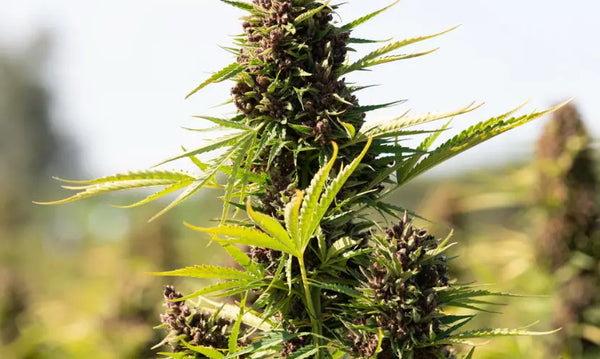
Regional Pest and Disease Management
Different climate zones present distinct pest and disease pressures that significantly impact THCA strain selection and cultivation success. Understanding these regional challenges helps growers choose appropriate varieties and develop effective management strategies.
Northern Climate Pest Pressures typically involve fewer insect generations due to cold winters, but spider mites and aphids can still cause significant damage during the short growing season. Fungal diseases like botrytis and powdery mildew pose the greatest threats in cool, humid northern conditions.
Temperate Zone Balance usually provides moderate pest pressure with seasonal variations. These regions often experience the full range of common cannabis pests and diseases, requiring growers to maintain vigilance throughout the growing season while benefiting from natural predator populations.
Southern Climate Intensity brings year-round pest pressure with multiple generations of harmful insects and persistent fungal challenges. Spider mites, thrips, aphids, and whiteflies can reproduce continuously in warm climates, while high humidity promotes various mold and mildew problems.
Integrated Pest Management strategies must be adapted to regional conditions and pest cycles. Northern growers might focus on preventive treatments early in the season, while southern growers need ongoing management programs throughout their extended growing periods.
Strain Selection for Resistance becomes crucial in high-pressure environments. Many modern THCA varieties have been bred with natural resistance to common regional pests and diseases, reducing the need for chemical interventions and improving overall plant health.
Harvest Timing Optimization by Zone
Successful THCA cultivation requires precise harvest timing that varies significantly across climate zones. Environmental factors, strain genetics, and regional weather patterns all influence optimal harvest decisions.
Northern Zone Urgency often forces earlier harvests to avoid frost damage, requiring growers to monitor weather forecasts closely and potentially harvest before peak THCA development. Fast-finishing strains become essential for reliable harvest completion.
Temperate Zone Flexibility allows growers to optimize harvest timing for peak THCA production without weather pressure. These regions often provide ideal harvest conditions with cool nights and warm days that can enhance final cannabinoid development.
Southern Zone Considerations may require earlier harvests to avoid extreme late-summer heat that can degrade THCA or cause other quality issues. The extended growing seasons allow for multiple harvest opportunities throughout the year.
THCA Peak Timing varies by strain and environmental conditions, with most varieties reaching peak production 2-3 weeks into the flowering phase. Environmental stress during this critical period can significantly impact final cannabinoid levels.
Quality vs Quantity Decisions often depend on climate zone characteristics. Northern growers might prioritize quality over final yield to ensure harvest completion, while southern growers can often optimize for both factors given favorable conditions.
Strain-Specific Climate Adaptations
Modern THCA cannabis genetics have been specifically developed to excel in particular climate conditions, with breeders selecting for traits that enhance performance in specific environmental ranges.
Cold-Adapted Genetics feature shorter internodal spacing, increased trichome density, and faster maturation rates. These adaptations help plants maximize THCA production during shorter growing seasons while providing natural protection against cold stress.
Heat-Adapted Varieties develop larger leaf surface areas for cooling, deeper root systems for water access, and enhanced UV resistance through increased resin production. These traits allow sustained THCA development even under intense heat stress.
Humidity-Adapted Strains feature more open bud structures, increased air circulation through plant architecture, and natural fungal resistance. These characteristics prevent moisture-related problems while maintaining high THCA production in humid environments.
Photoperiod Sensitivity Variations allow growers to select varieties that flower appropriately for their specific latitude and seasonal light patterns. Some strains flower early to avoid adverse conditions, while others require specific light patterns to trigger flowering.
Terpene Profile Adaptations often develop differently based on growing climate, with some strains producing more intense aromatics in cooler conditions while others express unique profiles only under heat stress.
Regional Growing Tips and Techniques
Successful THCA cultivation requires adaptation of growing techniques to local climate conditions, soil types, and seasonal patterns. Regional expertise often makes the difference between average and exceptional harvests.
Northern Techniques focus on season extension through soil warming, windbreaks, and microclimate manipulation. Greenhouse growing and cold frames can extend growing seasons significantly, while soil amendments help improve drainage in clay-heavy northern soils.
Temperate Methods often emphasize maximizing natural conditions through proper site selection, soil improvement, and timing optimization. These regions typically offer the most flexibility in cultivation approaches.
Southern Strategies prioritize heat and humidity management through shade cloth, increased air circulation, and drought-resistant cultivation methods. Water conservation and soil cooling techniques become essential in these regions.
Site Selection Criteria vary by climate zone, with northern growers seeking maximum sun exposure and southern growers often requiring partial shade during peak summer months. Drainage, air circulation, and protection from extreme weather remain important across all zones.
Seasonal Planning must account for regional weather patterns, with northern growers starting earlier indoors and southern growers potentially avoiding peak summer heat through strategic timing.
Equipment and Infrastructure by Climate
Different climate zones require specific equipment and infrastructure investments to optimize THCA cultivation success. Understanding these regional needs helps growers allocate resources effectively.
Northern Infrastructure often requires greenhouse structures, heating systems, and season extension equipment. Soil warming cables, cold frames, and windbreaks can significantly improve growing conditions and extend seasons.
Temperate Equipment typically focuses on basic weather protection and harvest timing optimization. Simple greenhouses, irrigation systems, and pest management tools usually provide adequate environmental control.
Southern Systems emphasize cooling, dehumidification, and air circulation equipment. Shade structures, misting systems, and powerful ventilation become essential for managing extreme heat and humidity.
Climate-Controlled Storage becomes crucial in all zones for preserving THCA content post-harvest. Proper curing environments maintain cannabinoid levels and prevent degradation regardless of external climate conditions.
Monitoring Technology varies by regional needs, with northern growers focusing on temperature and frost warnings while southern growers monitor heat stress and humidity levels more intensively.
Frequently Asked Questions
What are the best THCA strains for cold climates? Cold climate THCA cultivation succeeds with fast-finishing indica-dominant varieties, cold-hardy sativa hybrids, and autoflowering genetics. Look for strains specifically bred for northern conditions with enhanced mold resistance and rapid maturation times. Popular choices include Northern Lights derivatives, Blueberry varieties, and modern fast-version hybrids that complete flowering in 7-8 weeks.
Can I grow THCA strains outdoors in hot, humid climates? Yes, but success requires heat-tolerant, mold-resistant genetics specifically adapted to tropical and subtropical conditions. Equatorial sativa varieties, drought-resistant strains, and genetics with natural UV protection perform best in hot, humid environments. Proper ventilation, strategic timing, and occasional shade during peak heat periods improve success rates significantly.
How do I choose the right THCA strain for my climate zone? Match strain characteristics to your regional climate challenges. Northern growers need fast-finishing, cold-tolerant varieties; temperate zones allow flexibility with most genetics; southern regions require heat and humidity resistance. Consider your growing season length, average temperatures, humidity levels, and common pest pressures when selecting appropriate varieties.
Do autoflowering THCA strains work better in certain climates? Autoflowering varieties excel in northern climates where short seasons and unpredictable weather threaten photoperiod crops. They also work well in southern regions for avoiding peak summer heat through strategic timing. Temperate zones can successfully grow both types, with photoperiod varieties often producing higher yields given adequate growing seasons.
What's the ideal harvest timing for THCA in different climate zones? Northern zones often require earlier harvests to avoid frost, typically 6-8 weeks into flowering for most varieties. Temperate zones allow optimal timing at peak THCA production, usually 8-10 weeks into flowering. Southern zones may harvest earlier to avoid heat degradation or later to take advantage of extended seasons, depending on specific varieties and local conditions.
How does climate affect THCA potency and quality? Climate significantly impacts THCA development, with temperature, humidity, and light intensity all affecting cannabinoid production. Moderate temperatures (65-80°F) typically optimize THCA synthesis, while extreme heat or cold can reduce potency. UV exposure often increases resin production, while excessive humidity can promote mold that destroys active compounds.
What pest and disease issues should I expect in my climate zone? Northern zones primarily face fungal diseases due to cool, humid conditions, with fewer insect pests but concentrated damage during short seasons. Temperate zones experience moderate, seasonal pest pressure requiring comprehensive management. Southern zones face intense, year-round pest pressure with multiple insect generations and persistent fungal challenges requiring ongoing vigilance.
Can I grow multiple THCA harvests per year in my climate? Multiple harvests are possible with autoflowering varieties in zones 6 and warmer, with northern zones potentially achieving 2-3 cycles and southern zones capable of continuous production. Photoperiod varieties typically allow one outdoor harvest per year in most climates, though southern zones might achieve two with strategic timing and light management.
What infrastructure do I need for my climate zone? Northern zones benefit from greenhouse structures, heating systems, and season extension equipment. Temperate zones typically need basic weather protection and irrigation systems. Southern zones require cooling infrastructure, shade structures, and powerful ventilation systems to manage extreme heat and humidity effectively.
How do I adapt my growing techniques for extreme weather conditions? Adapt techniques to your specific challenges: northern growers should focus on season extension and microclimate creation; southern growers need heat and humidity management strategies; temperate zone growers can optimize timing and site selection. All regions benefit from proper soil preparation, adequate irrigation, and integrated pest management programs tailored to local conditions.
Conclusion
Selecting the right THCA cannabis strains for your specific climate zone represents the foundation of successful cultivation, regardless of your experience level or growing goals. The diverse climate conditions across the United States create unique opportunities and challenges that can be overcome through proper variety selection and regional adaptation techniques.
Northern climate zones require THCA strains northern states genetics that prioritize rapid maturation, cold tolerance, and mold resistance. These regions benefit most from fast-finishing indica varieties, hardy sativa hybrids, and reliable autoflowering genetics that guarantee harvest completion before adverse weather arrives.
Temperate zones offer the greatest flexibility for THCA cultivation, allowing successful growth of nearly any variety given proper timing and care. These moderate climates support both indoor and outdoor cultivation methods while providing ideal conditions for optimizing THCA production and quality.
Southern and warm climate zones demand southern THCA growing varieties specifically adapted to intense heat, high humidity, and strong UV radiation. Success in these regions comes from heat-tolerant sativa genetics, drought-resistant varieties, and strains with natural mold resistance and UV protection.
The key to successful climate THCA cultivation lies in understanding your local environmental conditions and matching them with appropriate genetics. Consider factors beyond basic temperature ranges, including humidity levels, precipitation patterns, soil types, common pest pressures, and seasonal variations when making strain selections.
Modern breeding programs have created an unprecedented variety of climate resistant THCA strains adapted to specific regional conditions. Whether you're seeking the best THCA strains for my climate zone or exploring THCA varieties for different climates, today's genetics offer options for every growing environment.
Remember that successful cultivation extends beyond strain selection to include proper timing, site preparation, pest management, and harvest optimization. Combine climate-appropriate genetics with regional growing techniques, adequate infrastructure, and careful environmental monitoring for optimal results.
The future of THCA cannabis cultivation continues evolving as breeders develop new varieties specifically adapted to climate change impacts and regional growing challenges. Stay informed about new releases and breeding developments to access the latest innovations in best THCA strains by climate adaptation.
Start your climate-optimized THCA growing journey today by selecting appropriate varieties for your region and implementing proven techniques adapted to your local conditions. With proper planning and strain selection, every climate zone can produce exceptional THCA cannabis that meets both quality and yield expectations.

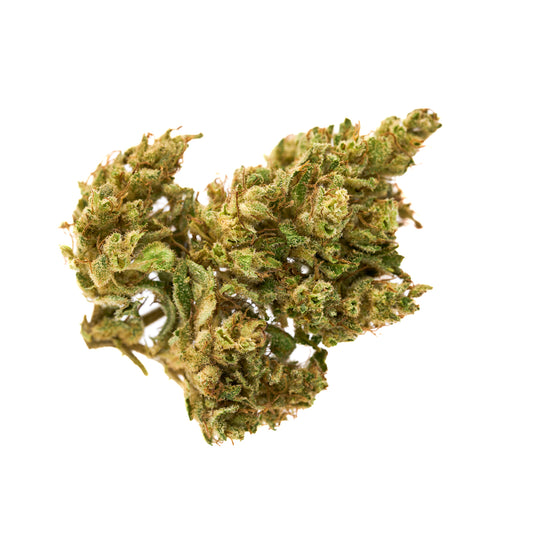
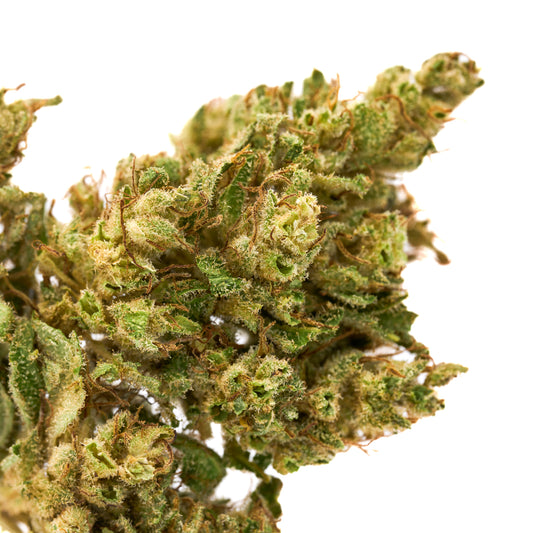
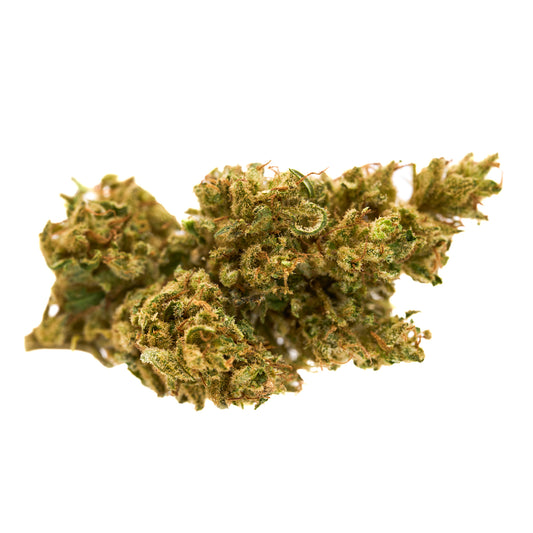
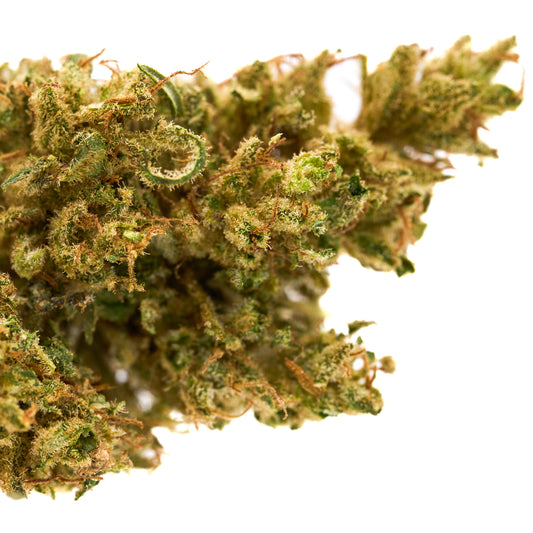
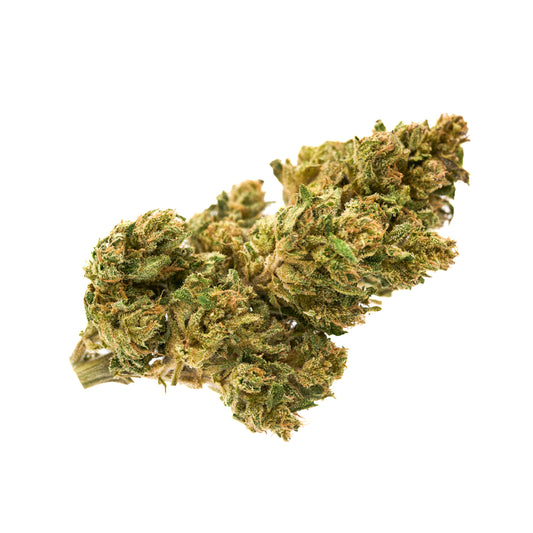
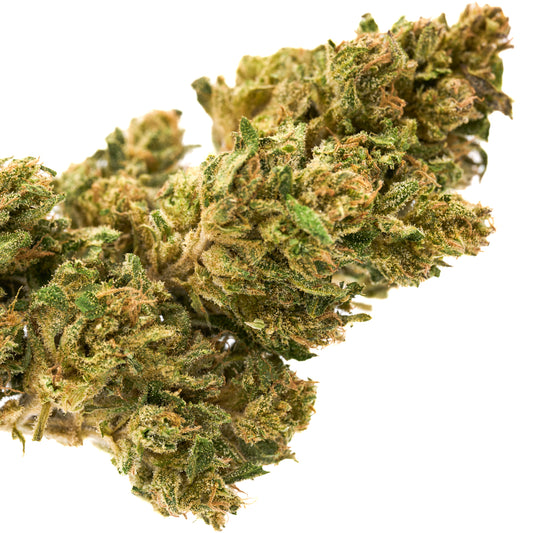



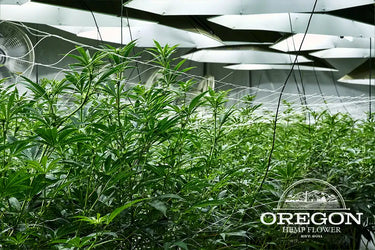

Leave a comment
Please note, comments need to be approved before they are published.